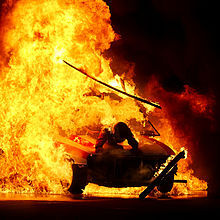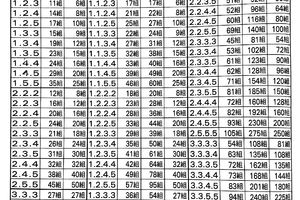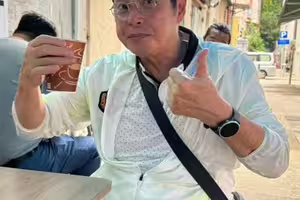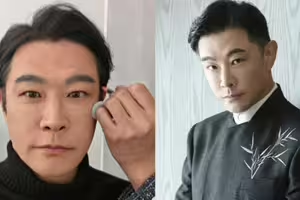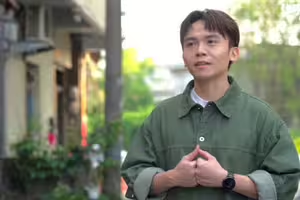從1960年代開始動作片正式成為一個獨立的片種,但是其特徵從電影早已存在,巴斯特·基頓等藝術家在他們的電影中就已經結合了特殊效果。
作為獨立的片種動作片起源於犯罪片,1950年代裡動作和暴力描述在犯罪片中的重要性越來越強烈,比如史丹利·庫柏力克的《殺戮》(1956年)。亞佛烈德·希區考克在其《西北偏北》中首次展示了一個新的電影手法,僅為表現主人公的體力動作而提供必要的挑戰。在詹姆士龐德電影系列以及在《不可能的任務》等電影系列裡,持續出現專門為了呈現暴力技術和體力表現的英雄劇情。
這些影片的表演不真實,擁有非常強烈的道德評價的觀點,與此相對的則是新好萊塢運動中的導演。這些導演表現的動作和暴力體現是開放的,他們是對1968年抗議運動和越南戰爭造成的社會和政治發展的反應,他們的影片對當時的道德提出質疑,比如就暴力使用對人體的影響的問題。這些影片的代表作包括阿瑟·佩恩的《我倆沒有明天》(1967年)和山姆·畢京柏的《日落黃沙》。
驚險鏡頭中的替身演員
李小龍的電影開始了強調人體力量和人體美觀的動作片,其中的特徵效果包括慢動作、怪異聲音等導致了一個亞片種的形成,即是武打片。1980年代最重要的動作片影星包括阿諾·施瓦辛格和席維斯·史特龍,他們利用充滿肌肉的主角體態強調動作力量,當時的動作片主題往往包括報仇以及典型的好壞鬥爭。
1990年代的動作片開始以自嘲和幽默的手法呈現,代表作包括約翰·麥克蒂爾南的《最後魔鬼英雄》(1993年)和詹姆斯·卡麥隆的《魔鬼大帝:真實謊言》(1994年)。麥克蒂爾南的《終極警探》系列也對其中的英雄進行反想,把主角約翰·麥克連(布魯斯·威利飾)描寫成一個有煩惱和缺陷的普通人,但總是能在最後戰勝惡人。亞洲動作片的代表明星成龍則常以肢體幽默的方式打鬥,而自己經常演出電影中的危險動作,而不使用替身演員。
Since the 1960s, action films have officially become an independent film, but their characteristics have long existed since the film, and artists such as Buster Keaton have combined special effects in their films.
As an independent film action film originated from crime films, the importance of action and violence in crime films in the 1950s became more and more important, such as Stanley Kupick's Killing (1956). Afghan Hitchcock first demonstrated a new film technique in his "North-northwest", providing only the necessary challenges to express the hero's physical movements. In the James Pound film series and in the film series "Impossible Mission", there is a continuous heroic story dedicated to violent technology and physical performance.
The performances of these films are unreal and have a very strong moral evaluation, as opposed to the directors of the New Hollywood movement. The actions and violent manifestations of these directors were open. They responded to the social and political developments caused by the 1968 protest movement and the Vietnam War. Their films questioned the morality of the time, such as the impact of violence on the human body. problem. Representatives of these films include Arthur Payne's "We Don't Have Tomorrow" (1967) and Sam Bijingbo's "Sunset Yellow Sands".
Stuntman in a thrilling shotBruce Lee's film began with action films that emphasize human strength and human beauty. The characteristic effects, including slow motion and weird sound, led to the formation of a sub-species, namely martial arts films. The most important action movie stars of the 1980s included Arnold Schwarzenegger and Sylvester Stallone, who used the muscle-filled protagonist to emphasize the power of action. The theme of action films at the time often included revenge and typical good and bad struggles. .
The action films of the 1990s began to appear in self-deprecating and humorous styles, including John McTiernan's "The Last Devil's Hero" (1993) and James Cameron's "The Devil's Emperor: True Lies" (1994) . McTeernan's "The Ultimate Detective" series also rethinks the heroes, describing the protagonist John McLean (Bruce Wiley) as an ordinary person with troubles and defects, but always at the end Conquer the wicked. Jackie Chan, the representative star of the Asian action film, often fights in a humorous way, and often plays dangerous moves in the movie instead of using a stuntman.

